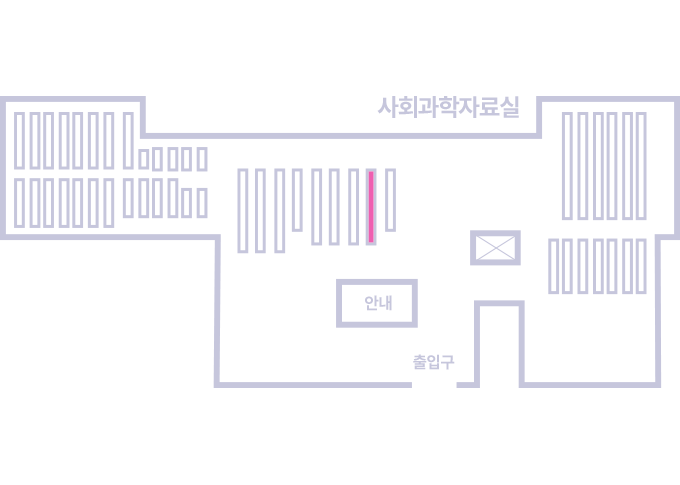권호기사보기
| 기사명 | 저자명 | 페이지 | 원문 | 기사목차 |
|---|
| 대표형(전거형, Authority) | 생물정보 | 이형(異形, Variant) | 소속 | 직위 | 직업 | 활동분야 | 주기 | 서지 | |
|---|---|---|---|---|---|---|---|---|---|
| 연구/단체명을 입력해주세요. | |||||||||
|
|
|
|
|
|
* 주제를 선택하시면 검색 상세로 이동합니다.
본 연구는 1941년 12월 진주만 기습 이후 우세한 기세와 압도적 전력을 앞세워 태평양전쟁의 주도권을 선점했던 일본제국해군이 불과 6개월 후인 1942년 6월 미드웨이 해전에서 왜 패배하였을까라는 의문에서 시작했다. 이러한 궁금증을 해소하고자 이번 연구에서는 “미국해군과 일본제국해군은 진주만 기습 이후 미드웨이·알류산 전역으로 이르는 6개월의 기간 동안 승리의 군형을 만들기 위해 어떻게 노력했는가?”라는 문제를 제기했다.
이를 분석하기 위해 대표적인 군사전략의 고전인 『손자병법』 제4편 군형(軍形)에서 손자가 제시한 ‘선승이후구전’이라는 개념을 통해 미국과 일본제국해군이 진주만 기습 이후부터 미드웨이·알류샨 전역으로 이르는 과정을 바라볼 것이다. 특히, 선승이후구전의 승리의 군형을 달성하기 위해 제시된 ‘전장의 선택과 병법의 다섯 단계’를 그 분석의 기준으로 삼아 미일 양측이 어떠한 과정을 거치면서 각자의 군형을 만들어나갔는지에 대해서 면밀히 살펴본 것이다.
분석 결과 일본제국해군은 미드웨이·알류샨 전역 수립 단계에서 상대적 유리함을 가졌음에도 불구하고 이를 제대로 활용하지 못하고 이미 싸워보기도 전에 패배의 군형으로 가는 길로 접어든 것을 살펴볼 수 있었다. 반면에 미국해군은 1942년 5월까지 태평양 전 지역에서 불리한 전황(戰況)을 이어갔음에도 불구하고, 조금씩 조금씩 일본제국해군이 가졌던 상대적 유리함을 상쇄해나가면서 궁극적으로 1942년 6월 4일에는 승리의 가능성이 높은 군형을 만들 수 있었으며, 다양한 우연적 요소의 도움을 받으며 미드웨이·알류샨 전역에서 승리하여 태평양전쟁의 전세(戰勢)를 급격히 되돌려 놓을 수 있었다.
This paper started with the question of why the Imperial Japanese Navy, which had taken the lead in the Pacific War with superior momentum and overwhelming power after the attack on Pearl Harbor in December 1941, was defeated in the Battle of Midway in June 1942, just six months later. In order to solve these questions, this papaer raised the question, "How did the U.S. Navy and Imperial Japanese Navy try to create a victorious military sentence during the six-month period from the attack on Pearl Harbor to the Midway and Aleutian campaigns?"In order to analyze this research question, through the concept of 'a victorious army wins its victories before seeking battle(先勝以後求戰)' presented by Sun Tzu in ‘Disposition’ of The Art of War, a classic of military strategy, the United States and the Imperial Japanese naval forces established Midway and Aleutian after the attack on Pearl Harbor. We will look at the whole process. In particular, using the 'mesurement of space and five stages of military strategy' as the basis of analysis to achieve the disposition of victory in that a victorious army wins its victories before seeking battle, it was closely examined how the U.S. and Imperial Japan went through the process of creating their respective military types.
*표시는 필수 입력사항입니다.
| 전화번호 |
|---|
| 기사명 | 저자명 | 페이지 | 원문 | 기사목차 |
|---|
| 번호 | 발행일자 | 권호명 | 제본정보 | 자료실 | 원문 | 신청 페이지 |
|---|
도서위치안내: 정기간행물실(524호) / 서가번호: 국내02
2021년 이전 정기간행물은 온라인 신청(원문 구축 자료는 원문 이용)

우편복사 목록담기를 완료하였습니다.
*표시는 필수 입력사항입니다.
저장 되었습니다.